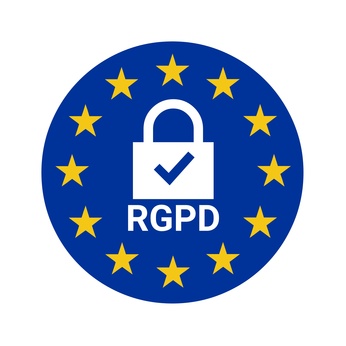The Covid-19 pandemic has completely overturned our most sacred professional practices. Working from home, long ignored by companies, has turned out to be a windfall in every effect with improved productivity, better employee satisfaction and decreased expenses since employers no longer have to rent office space. We will definitely be seeing more of the home office! But employees had to adapt to this new trend, particularly for their team meetings. What rules should we consider for making remote brainstorming as effective as in-person?
1) Clearly Identify the Goals of the Brainstorm
For a successful remote brainstorm, you must first precisely identify its goals and expected results, just as you would do with a regular brainstorm. Make sure that the issue is important enough to get employees together through a screen. Plan group meetings only if collaborative work is required that must lead to a consensus or proposals, such as developing strategies to acquire new clients. If you want your group session to work, don’t call in your colleagues for non-essential issues that could be dealt with via email. You will send a negative signal to your team from the outset regarding how important remote brainstorming is and for the next sessions, you will regret it.
2) Carefully Select the Participants
How efficient your session is depends on a simple fact: the combination of meticulously selected participants and decision makers, influencers or experts. The colleagues you recruit should feel that they are there for a reason and have a role to play during the brainstorm. This is absolutely essential if you want them to be engaged and the work to be productive. Otherwise, you risk seeing your colleagues check out in the first few minutes of your group session and work on other things.
3) Choose Digital Tools that Are Easy to Access
A good brainstorm uses the right digital tools. They should not in any way hamper your colleagues or limit their ability to be spontaneous. You don’t need to use sophisticated tools. You can, of course, try Mural or Figma, but Google Slides works just as well for interaction between participants. These tools are easy to use and designed for teamwork, so they make sharing comments and ideas simple. You can even prepare a document in advance where you give each participant a specific space to note their ideas, such as a column in a shared Excel spreadsheet, digital sticky notes on Mural or even their own slide on Google Slides.
4) Plan for Solo Brainstorming in Advance
Your colleagues will be more efficient if they have time to think about the brainstorm’s issue in advance. This means that you need to send them all the important information as digital files or give them access to the collaborative platform before the session. For this preparatory work, give your colleagues as much flexibility as possible: a private space to list their ideas, an online discussion thread for exchanges between participants, a shared document where they can post questions, etc. This solo brainstorming phase will not only allow you to test the sharing settings, but will also guarantee that your session starts much more creatively.
5) Make the Session Fun and Engaging
When we brainstorm by videoconference, we need to be enthusiastic enough to make up for the distance created by screens. Ask participants to keep their video on and microphone off unless they are speaking – this helps everyone feel like part of a shared experience. Screen sharing is good a way to create interaction between participants and give them visibility. If you give them a specific task, you can better concentrate on the discussion and your colleagues will stay engaged throughout the brainstorm, as long as you switch roles from one session to another. Assign a note taker to pool information and a timekeeper in charge of watching the clock, for example.
6) Do the Summary Later
Preparing the wrap up right away is remote brainstorming’s worst enemy. The technique to synthesize live is effective in person, but over video it can just feel like a waste of time and will ruin your colleagues’ motivation, especially at the end of the session when everyone has already given their best effort and is completely drained. Do this step individually once you’ve had time to rest. This will help you evaluate the work objectively and write a much more constructive report. And why not ask the participants to submit any new suggestions they think of after the session? Then send the final summary by email or internal messenger—and don’t forget to thank the team for their time and ideas.



